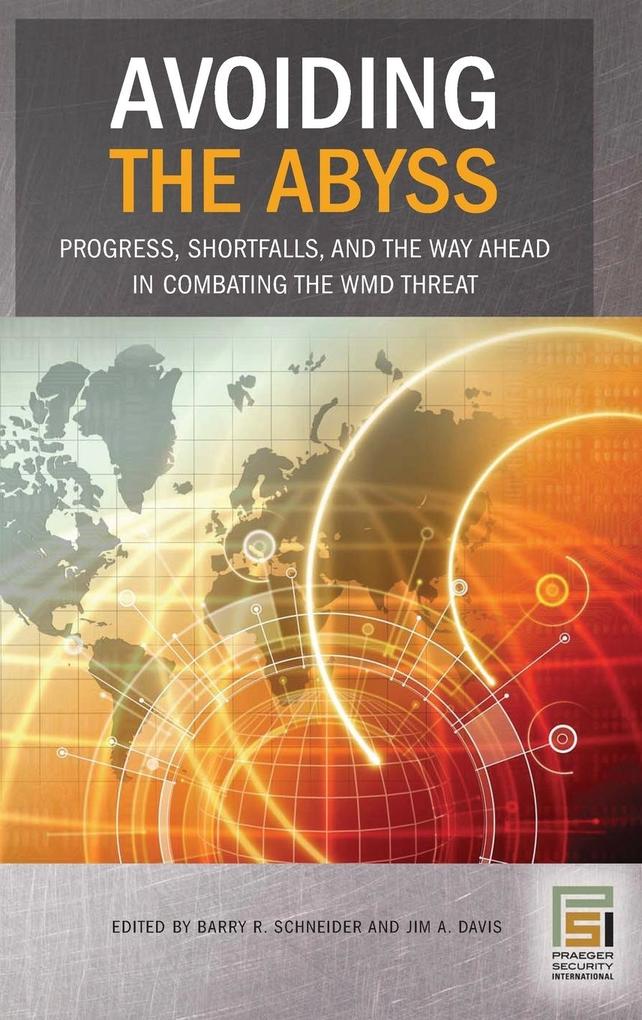In December 1993, Secretary of Defense Les Aspin announced the Counterproliferation Initiative, a response to President Clinton's assertion that if we do not stem the proliferation of the world's deadliest weapons, no democracy can feel secure. This timely book brings together contributions from a wide range of experts to help readers understand how far the nation has come since then-and what still needs to happen.
Insightful essays examine: arms control treaty programs; export control regimes; interdiction; diplomatic/economic/political persuasion and sanctions; deterrence; counterforce; active and passive defense; and consequence management. Many positive changes have occurred since 1993. Regime changes in Iraq and South Africa have removed some WMD proliferation threats. Saddam Hussein has been overthrown, and a new Iraq is beginning to emerge. South Africa's clandestine WMD program has apparently ended. Libya announced it has given up its efforts to have active WMD programs. The Taliban and al Qaeda have been routed in Afghanistan, probably delaying efforts to develop or buy WMD.
Yet, states continue to develop and export WMD and/or their delivery systems. As many as 30 states are still believed to have either a nuclear, biological, or chemical weapons program. Some have all three. India and Pakistan have acknowledged programs. Abdul Qadeer Khan, the scientist who directed the Pakistani A-bomb program, has admitted selling nuclear weapons designs, and nuclear enrichment equipment to Libya, Iran, and North Korea. His colleagues have held discussions with al Qaeda representatives. Ayman Al-Zawahiri, number two in the al Qaeda chain of command, claims that the terrorist organization has several suitcase A-bombs from the Former Soviet Union. It appears clear to many that Iran has a desire to develop nuclear weapons. Syria still has a chemical weapons program. North Korea's WMD profile has escalated.
As Avoiding the Abyss so convincingly demonstrates, much has been accomplished since the Counterproliferation Initiative was launched-but much work still lies ahead. It is an important story for every American.
Inhaltsverzeichnis
The First Decade of Counterproliferation by Jim Davis
The WMD Proliferation Threat by Jonathan B. Wolfsthal
Weapons of Mass Destruction Terrorism by Jerrold M. Post, Laurita M. Denny and Polina Kozak
Nonproliferation - Challenges Old and New by Brad Roberts
Progress in Counterforce: 1993-2004 by Barry R. Schneider
Emerging Missile Challenges and Improving Active Defenses by Jeffery A. Larsen and Kerry M. Kartchner
Passive Defense against the WMD Threat
:Progress and Shortfalls by Walter L. Busbee, Albert J. Mauroni and John V. Wade
Consequence Management by Bruce W. Bennett and Richard A. Love
Counter-WMD Concepts of Operations at U. S. and Allied Air Bases by Charles R. Heflebower, Laura J. LeGallo, John P. Lawrence and Bert A. Cline
U. S. Counterproliferation Cooperation with Allies by Peter R. Lavoy and Gayle D. Meyers
Securing the Homeland: The First Decade by Randy J. Larsen and Patrick D. Ellis
Seeking a Port in the WMD Storm: Counterproliferation Progress, Shortfalls and the Way Ahead by Barry R. Schneider
Appendix A: The Counterproliferation Initiative Remarks by Honorable Les Aspin
Appendix B: National Strategy to Combat WMD
Appendix C: Reforming the Chemical and
Biological Defense Program (1996-2001) by Albert J. Mauroni,
Appendix D: Acronyms
Index










